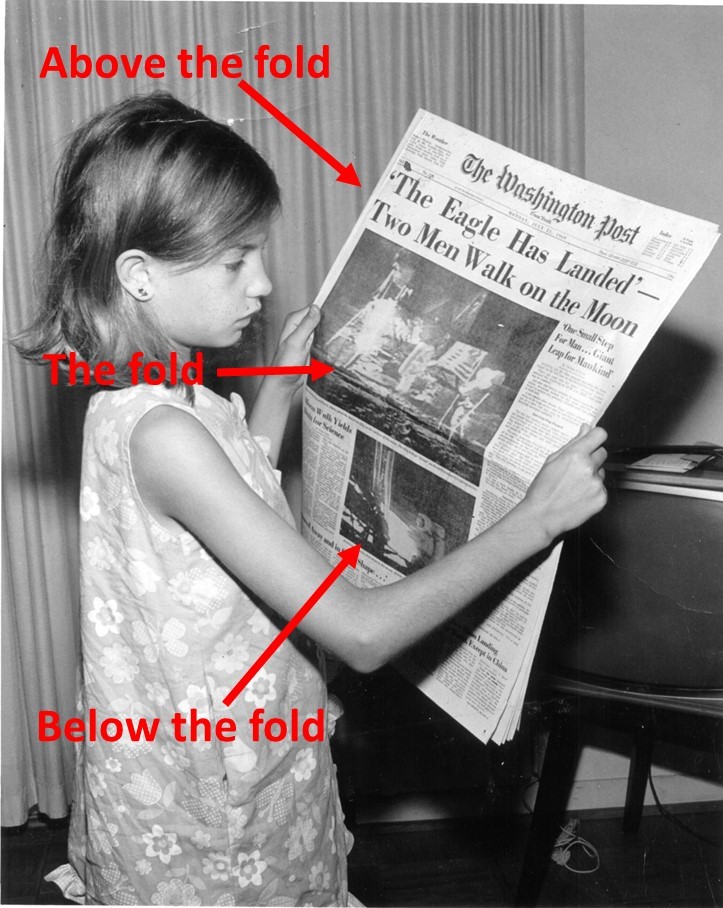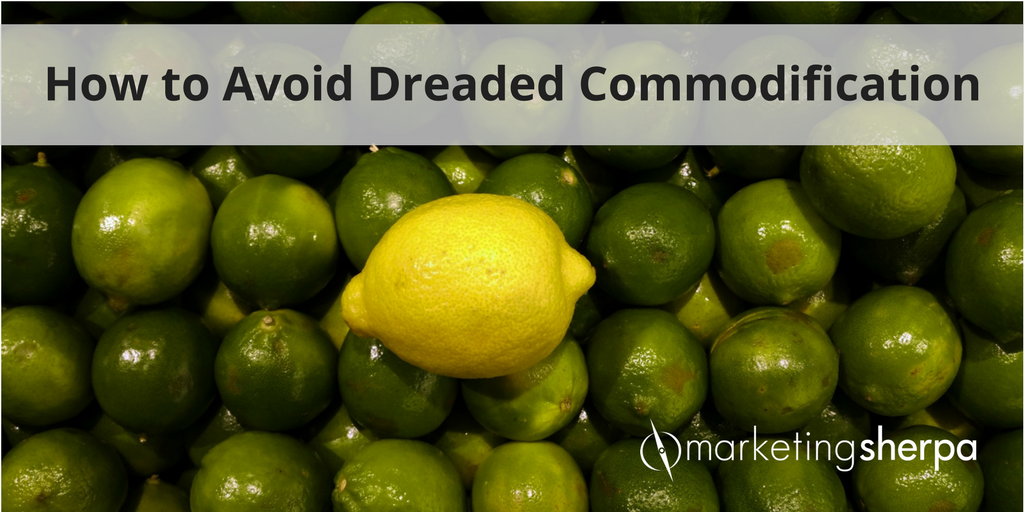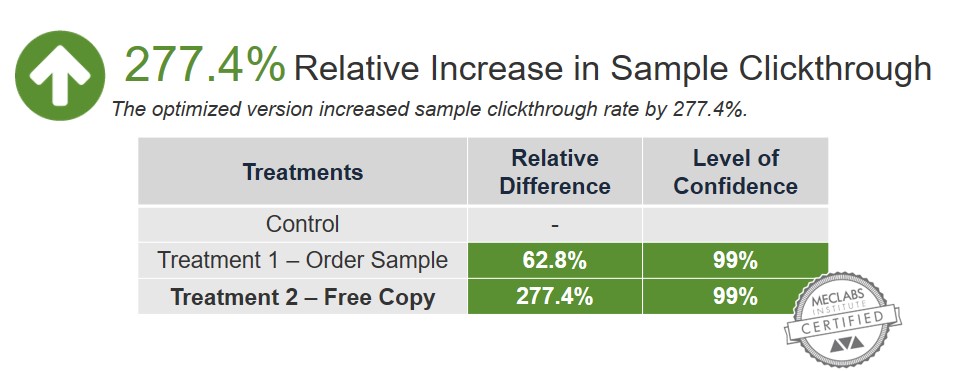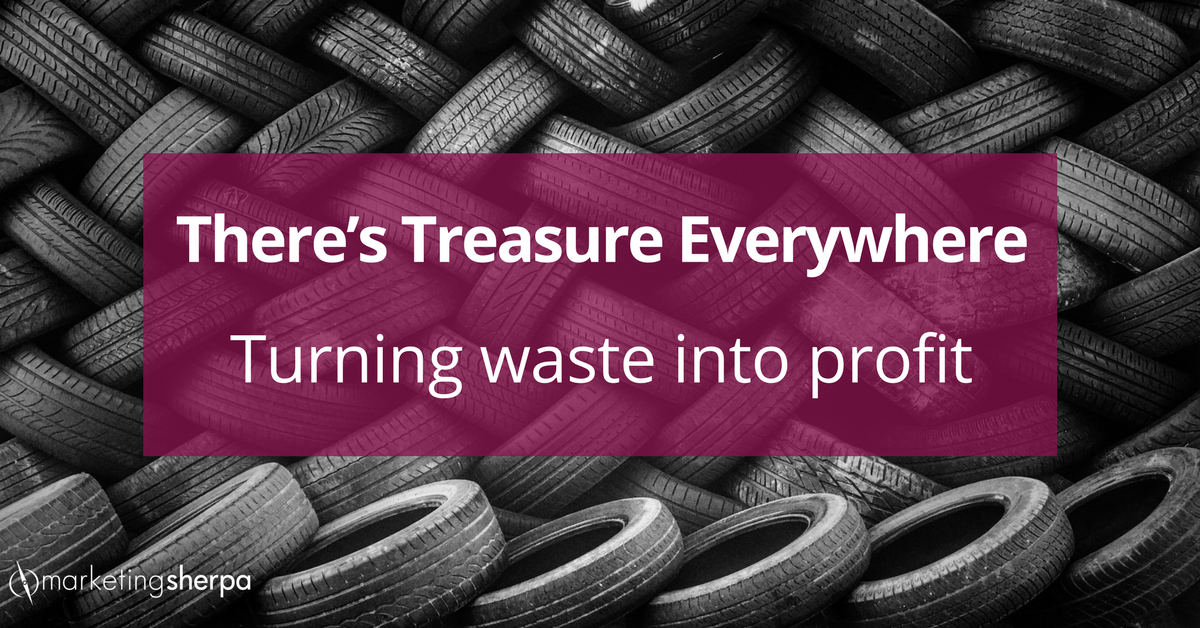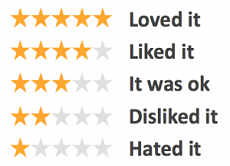Social Doubt: Beware the downside of social proof in social media marketing
Back when I was an undergrad at the University of Florida, our basketball team won in the Elite Eight round of March Madness, meaning we were headed to the Final Four. Right after we won that game, students poured out onto University Avenue. There was jubilation in the street.
And then … all of a sudden … everyone just ran down to the football stadium and tore down the goalposts. (We were a football school at the time, not yet accustomed to basketball success)
It was a very odd moment. No one planned anything. People didn’t even shout out any directions. Most (but not all, let the record show I stayed put) of the students in the streets simply started running together toward the stadium.
Ah, the human animal
Much like a V-shaped formation of birds adjusting down the line to keep the formation tight, or a school of fish quickly changing direction, humans also engage in unthinking, subconscious herd behavior without even realizing what they’re doing.
And this is one of the most powerful drivers behind social media marketing.
Psychologists call this phenomenon social proof, which Wikipedia describes as “where people assume the actions of others in an attempt to reflect correct behavior in a given situation.”
Do you see wha t I just did there? Wikipedia is another example of social proof. If enough people agree to a definition of a term — even if they’re not experts — I guess it’s reliable enough to include in this MarketingSherpa blog post.
t I just did there? Wikipedia is another example of social proof. If enough people agree to a definition of a term — even if they’re not experts — I guess it’s reliable enough to include in this MarketingSherpa blog post.
But social proof has its downsides for social media marketing as well
Now, I’m not the only person to write about social proof in social media marketing. Just search the term, and you’ll find endless articles and blog posts.
However, I noticed a serious dearth of conversation about the opposite of social proof in social media marketing. If social proof works because it shows other people are interested in your brand, the opposite of social proof shows that other people are not interested in your brand. What is the word for that?




